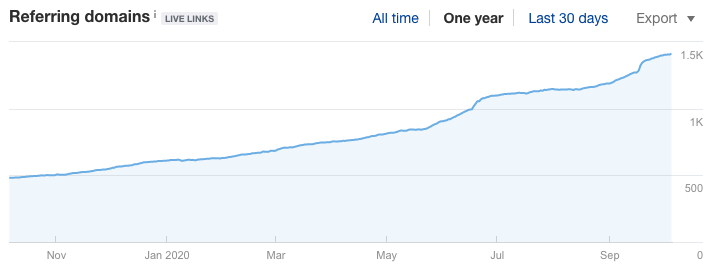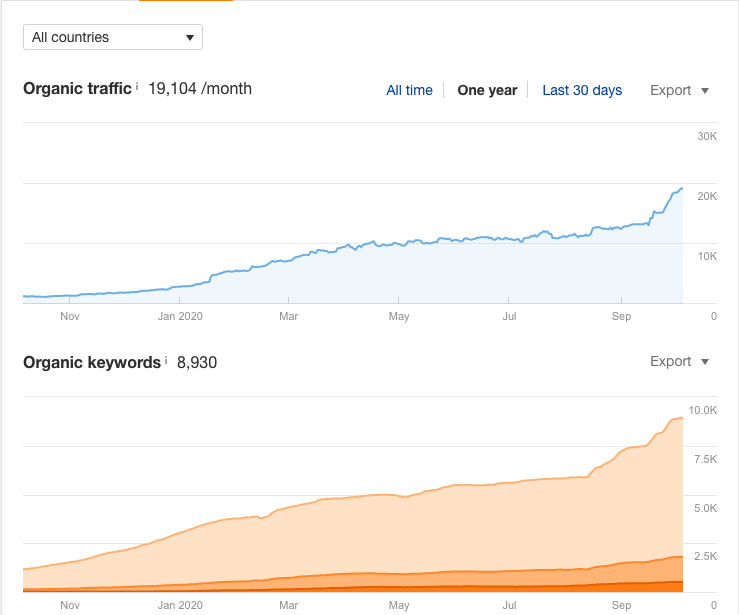This is a complete guide on how NOT to buy links in 2020.
In this new article, I will show you everything you need to know so you won’t get ripped off again.
- Web Archive Check
- Ahrefs Traffic Chart at a glance
- Rank Tracking History of Previous Buyers
So if you want the best ROI out of your link building efforts, this guide is for you.
Let’s start
We at Syndesmos have many checklists and processes to predict better the effectiveness of a link we want to purchase.
We have ways to narrow down every campaign based on our client’s requirements, but this process takes many steps.
The following checks are applied only after we have a positive reply to our outreach email.
Web Archive Check
A couple of years ago, I could identify a PBN from miles away. Lately, I’ve been discovering more and more PBNs that are designed so well that it took me a couple of minutes before finally saying to myself: “Ah, this is a PBN”.
I know that you may think I exaggerate, and that’s fine. I wish I could share some examples without some big SEO names getting pissed.
To be honest, the vast majority of PBNs that look so good are PBNs built to link out to a single super authority website. Nothing like the ones someone would try to sell you links on as a guest post.
That doesn’t mean that there aren’t people out there promoting PBNs for outreach guest posts.
Ahrefs Referring Domains & Traffic Chart at a glance
Regarding Ahrefs, we are looking at a linear increase or referring domain chart. The same rule applies to the Traffic one.
Here are some examples:


We don’t like spikes or a sudden increase in referring domains or a drastic drop in search traffic.
For example, a client recently came to me with a website’s screenshot and asked me what I thought about it. A glance at ahrefs’ traffic chart was everything I needed to know.
Then I decided to check the outbound links. I was surprised by what I saw. The website was selling 1-3 links per day. It was obviously a link farm website.
How do I know that the website was selling links?
Because the website was about camping, and 1 out of 5 links was about bingo and gambling.
A website like that which was promoted by “Hello Sir” people on Facebook Messenger and was selling 1-3 links per day made me think about how bad people want to burn their cash.

That fact made me wonder what my fellow SEOs in a Proper SEO Group were thinking about this. So I made this post.

No second thoughts. Some people even suggested pointing links to competitors. Even Christoph Cemper, the founder of the famous Link Detox, wouldn’t recommend buying a link from that website.
Rank Tracking History of Previous Buyers
We all try to build links for a single purpose. Higher rankings, which means higher traffic, which means higher revenue.
A simple test we perform to validate a potential guest post opportunity is to check how previously acquired links from that domain perform in SERPs.
So we go to ahrefs and check the last 30 outbound domains and how they performed for the last 45 to 60 days.
It’s not an isolated test but another step toward a safest investment.
Conclusion
People often try to save money by buying links on the cheap.
Trust me, and it’s way more expensive to buy links that have no positive impact on your site, not even mentioning the negative effect they might end up having.

